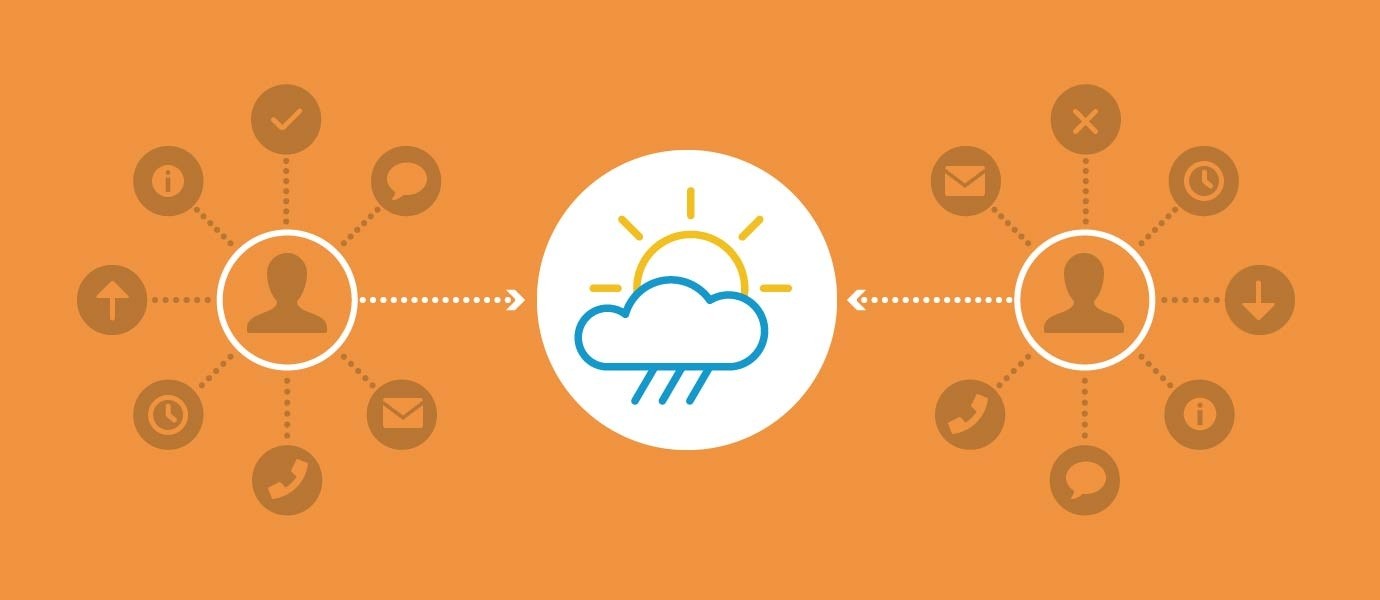We've spent hours discussing sales forecasting with our customers—their successes, shortcomings, and challenges. To understand their experiences, we've put ourselves in their shoes, from the very first moment they walk into the office.
Welcome to your first day, Ms. VP of Sales! You probably want to know what happened to the last VP of Sales. He couldn't forecast accurately enough for other execs to plan their hiring and spending, which brings me to why you're here.
Have a seat. Nice office, isn't it? New carpet, hip standing desk: nothing old-school here! Yes, it's a nice chair—a really nice chair. You wouldn't believe how much it cost. The previous VP paid for it himself, right out of last year's commission check. But that was last year, back when growth was solid. As you know, the last six months haven't gone so well; the previous VP couldn't deliver a forecast that the rest of the company could rely on. Not a great way to run a sales organization.
Once Upon a Time
Of course, it wasn't always that way: early on, our sales forecasting was easy. The team tracked all deals in the CRM system, and because the sales team and the number of deals per rep were small, management always knew how things were going. "Calling the number" meant pressure-testing the team's calls on higher-risk deals (which were easy to pick out), then rolling everything up into a forecast.
But when growth took off, forecasting got a little more murky. With 25 to 30 reps, we split teams across a few geographies and added a management layer. Conversations with reps became a lot more nuanced. Another deal "just might come in," but it "just might not be ready" to commit. As for those three big swing deals that were in Commit? Well, the rep expected only two to close, but didn't know which. There was the time we thought we'd blow our number out of the water, but a rep who had just made his quota suddenly pushed out that big deal. Did it really slip, or was he setting up a Q3 layup? You get my drift.
The Tipping Point
Then we hit 100 reps—we were heading toward unicorn country! And getting a handle on the business got even tougher. CRM was no longer adequate, nor was its limited forecasting module (which seemed like a bit of an afterthought, I should add). The biggest issue: We didn't know what reps were doing to close deals and if those were the right things.
So we brought in spreadsheets, lots of spreadsheets. Spreadsheets to roll up numbers across teams and spreadsheets to track linearity, coverage ratios, quarter-on-quarter comparisons. They were all meant to give us a better handle on where we'd end up—but they didn't work. The macros didn't roll up properly, and on that week's forecast call, our top regional manager was slated to miss her number by 18%. Turned out she was ahead of plan. The entire office could hear the VP's closed-door "conversation" with sales ops after that one. Oops.
It's That Simple
Hey, you look a little pale. Everything OK? You're stepping into some big shoes, but, really, I think it'll be be fine. Our prospects have never looked brighter—you just need to get a handle on the sales team and prove that you can forecast accurately so other execs can plan their moves. All you need to do is build a sales forecasting process that drives your sales execution and guides the rest of the business, and you'll be golden. Good luck!
Sound familiar? We hear you. Sales forecasting is a challenge for VPs old and new. Learn how you can transform your sales execution, forecast accurately, and drive more revenue and request a demo today.


